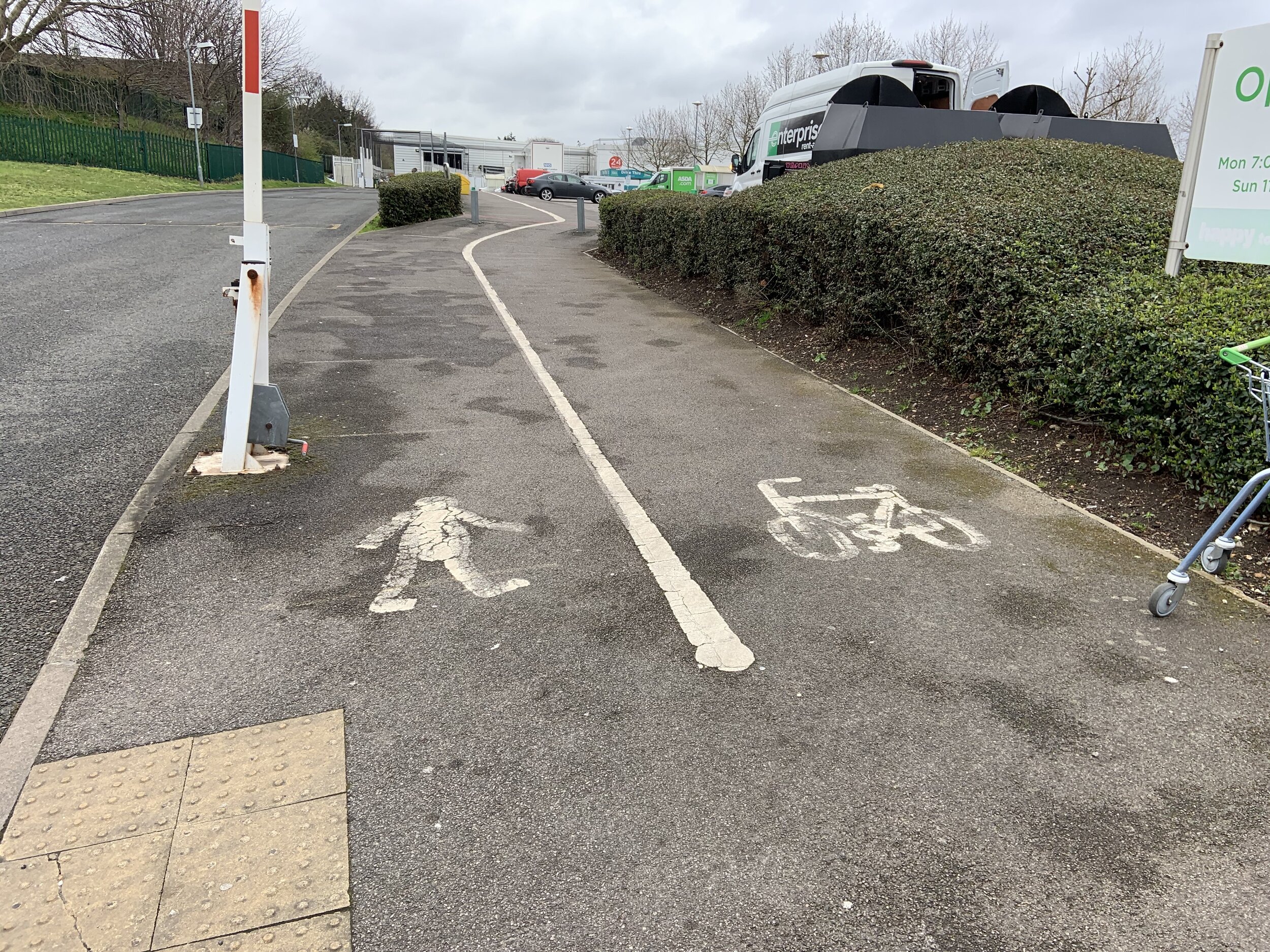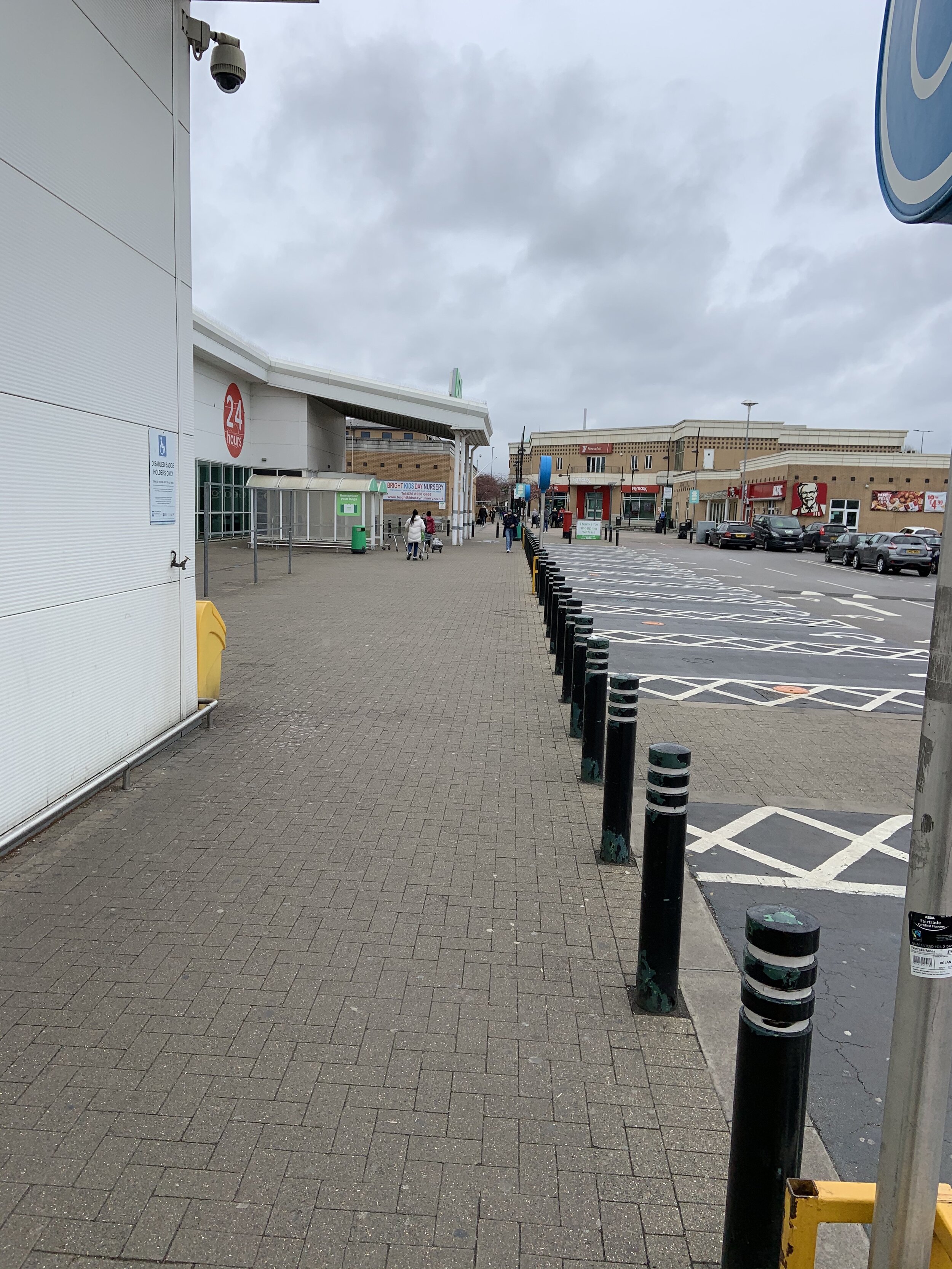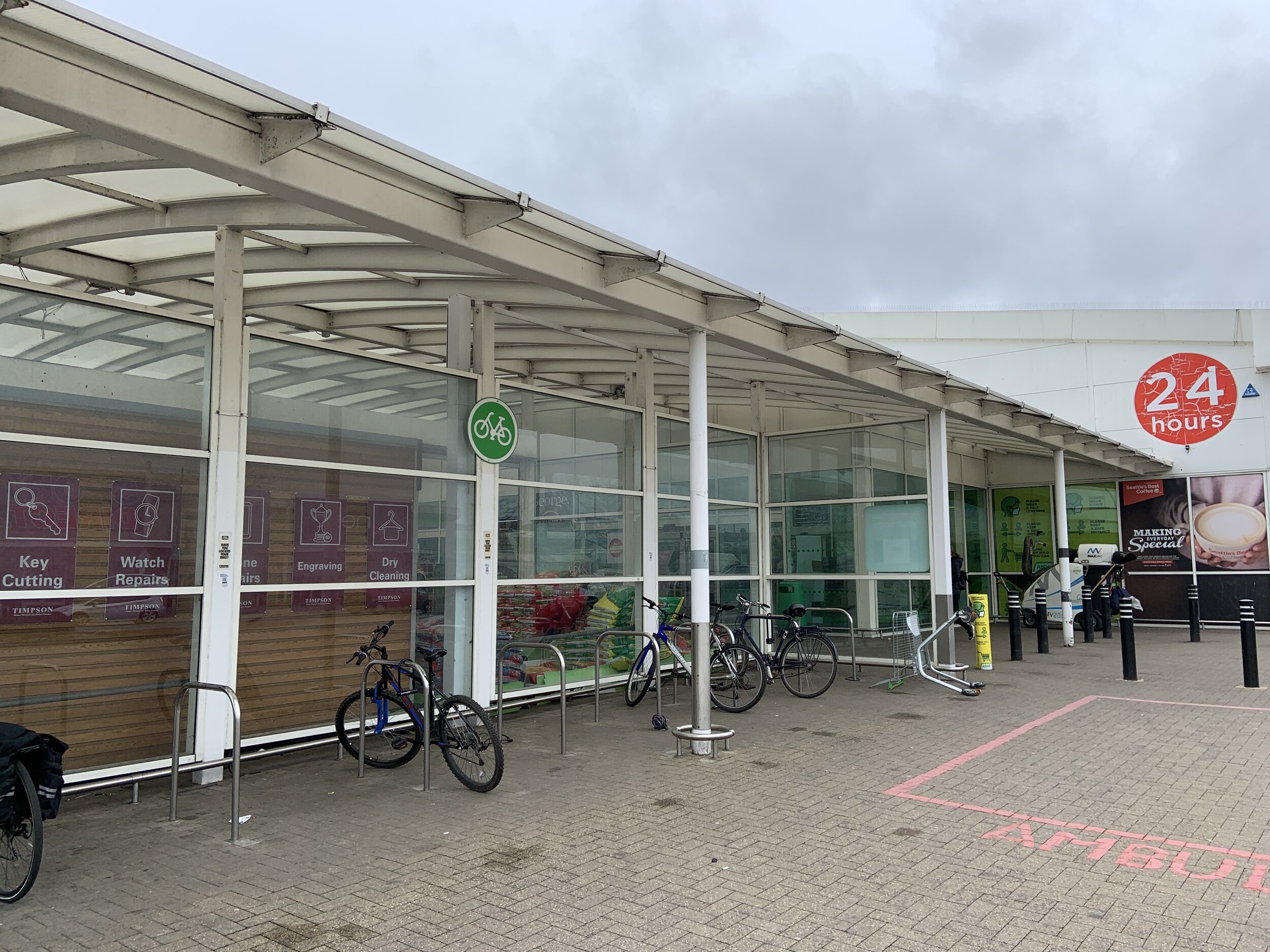Let’s set up a “Carfree Climate Champions” accreditation
Have you seen the controversy about Stonewall recently?
They’ve been criticised for the accreditation rules for their “Diversity Champions” programme. The programme accredits organisations to confirm their commitment to diversity. The controversy is around whether the positions that organisations are required to adopt are reasonable or not.
Freewheeling is not the place to get into a discussion on transgender rights but it is a place to notice the power that Stonewall has given itself. Organisations pay to be accredited; and Stonewall writes the rules of the accreditation. In effect, organisations are paying Stonewall to be told what to do by Stonewall.
Other organisations who’ve given themselves significant power through accreditations include the RSPCA (who accredit animal welfare in food production), the Plain English campaign (Crystal Mark) and the Fair Trade Foundation.
(oh, by the way, if you’ve ever wondered who accredits accreditors, it is the United Kingdom Accreditation Service (UKAS). But how do we know UKAS is doing a good job?………)
These are all examples of where organisations have given themselves significant power through accreditations and it’s something I’d love to see more of in transport.
Not just stick, but carrot
I would love to see a “Carfree Climate Champions” accreditation focused on whether organisations are doing enough to enable their staff and customers to engage with them carfree
Increasingly companies need to demonstrate that they’re taking carbon seriously. But how do you do that? There are various schemes but none of them cover transport and mobility. That feels like a gap.
What about an accreditation that can confirm that you do the right things to enable people to reach you using low carbon modes?
To help visualise what I mean, I’m going to make up some criteria and then apply them to my local Asda.
OK, ready?
Right, let’s do this.
1 - bus
Gold = bus stop within 50 metres. Lit, safe walking route. Bus frequency of at least 4 buses per hour. Seating and real time information at bus stop
Silver = bus stop within 100 metres. Lit, safe walking route. Bus frequency of at least 4 buses per hour
Bronze = bus stop within 100 metres. Bus frequency of at least 2 buses per hour
So against my made-up criteria, how does Asda do?
Currently, they’d be silver. They actually meet all the criteria of gold except the lack of real-time information.
The great thing is that this could incentivise the local store manager to put up a screen themselves. After all, all the data is available via an API.
2 - bike
Gold = safe, segregated cycle route from the edge of the estate to the front door. Secure, covered cycle parking.
Silver = safe, segregated cycle route for most of the route. Secure cycle parking.
Bronze = cycle parking
How is my local Asda?
Again, silver.
They’d be gold but the cycle track gives up on the other side of the car park. Again, not far to go. With the report of the accreditation on the table, maybe the manager would paint the missing line.
3. Car
Gold = no car parking, building design prioritises walking, cycling and public transport.
Silver = paid car parking, building prioritises walking, cycling and public transport
Bronze = limited car parking or paid car parking, building design treats all modes equally
This is where my local Asda really falls down.
It’s hard to tell what’s going on in this photo, so let me explain.
The main road is visible in the distance by the tree. The store entrance is behind me. I.e. the store is designed to put the entrance at the furthest side of the building from the street. Unless you’re using the dedicated store bus stop, to reach the entrance from the main road (where all the main bus routes are), you’ve got to walk the full length of the outside of the shop. The whole place is designed to make it easy to arrive by car and hard not to. This is not accidental; retail parks are often deliberately designed to ensure that shoppers can’t walk from the car park onto the high street. The aim is to avoid losing market share of those that have arrived by car; but the side-effect is to make it hard to make it arrive any other way.
My local Asda wouldn’t get even a bronze for this.
4. Marketing
Gold - active promotion of car-free travel including financial incentives
Silver = active promotion of car-free travel
Bronze = equal treatment of all modes
Again, my local Asda doesn’t even reach bronze here, as the in-store marketing materials include a nice picture of a car but nothing about any other travel mode. But that is easily changed.
You can see how this kind of accreditation could work. Using my made-up criteria, Asda are currently on 2 silvers out of 4 categories. But with some relatively quick wins, they could make that 2 golds and a bronze. And a new store could be designed to hit gold from scratch.
I won’t do the same kind of exercise for workplaces but you probably get the general idea.
The thing I really like about this is that it stops making mobility improvements just the responsibility of the mobility sector. Companies are just like kids - everyone wants to be given the gold star by teacher. If getting the gold star requires investments in customer information screens or providing incentives to use buses, then companies might just do it. Especially if they see their peer group getting higher scores than they are.
Obviously, the key thing is that teacher needs to have authority, so that when their gold stars are handed out, the kids feel motivated.
The Plain English Campaign had been lobbying and arguing for clarity in writing for 11 years before it thought of the Crystal Mark
Who’s going to grab this mantle for the public transport industry? Is it the Campaign for Better Transport? Or Sustrans? Or the metropolitan authorities? Or DfT?
I’d love this to actually happen.







